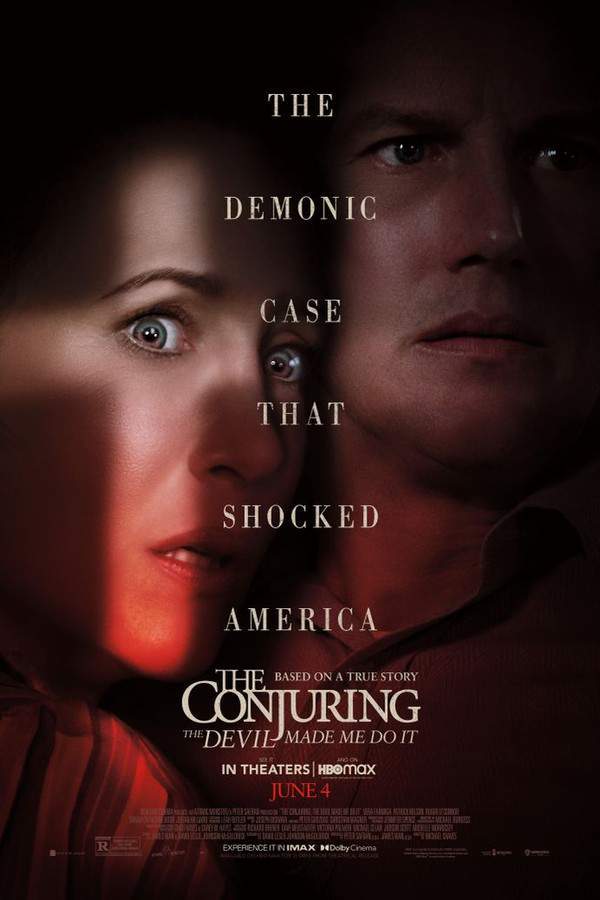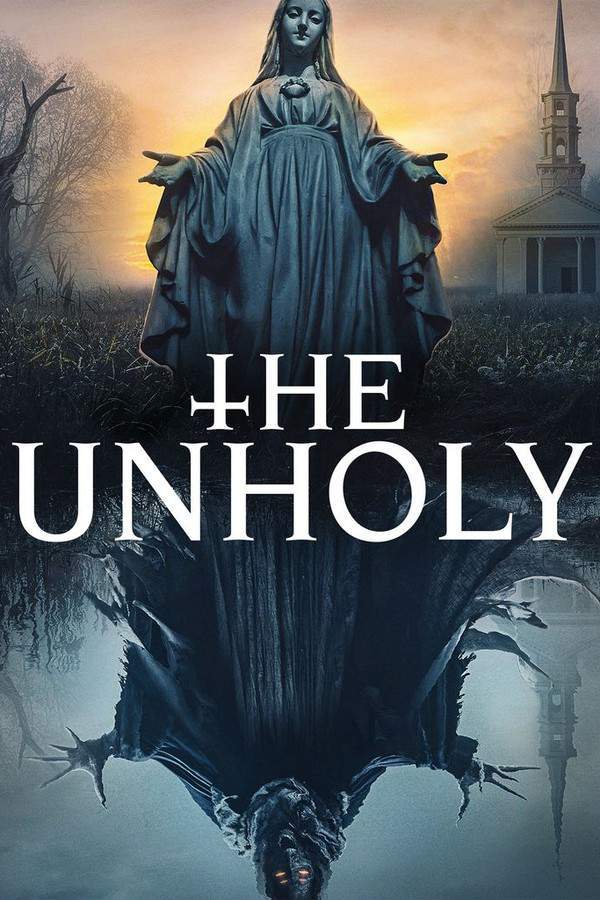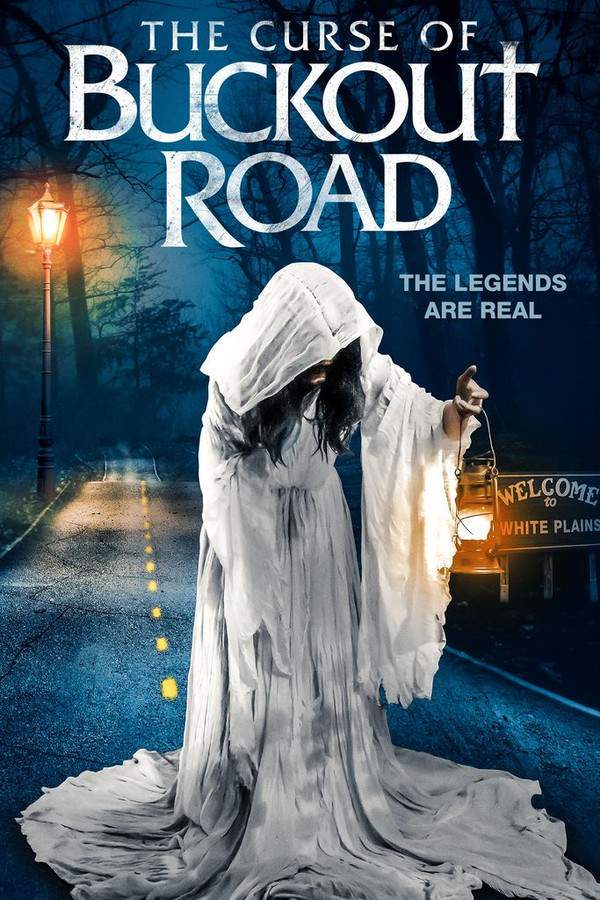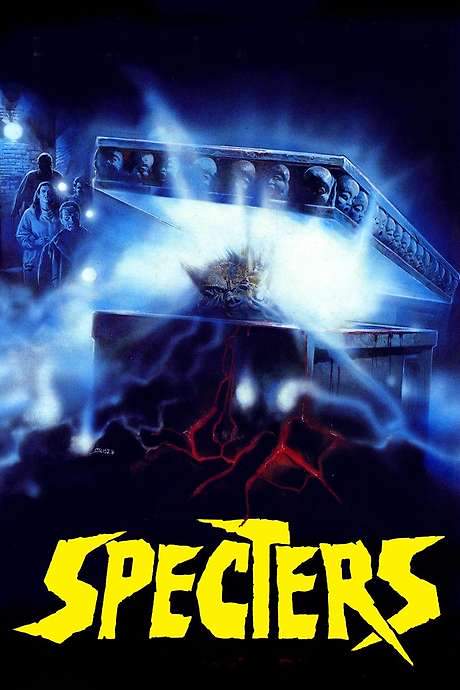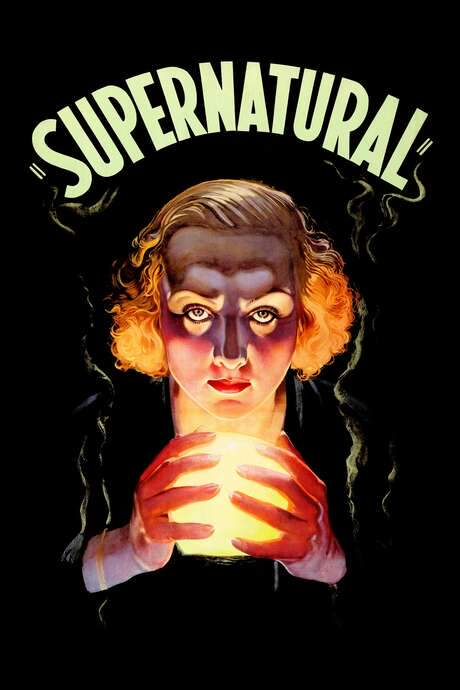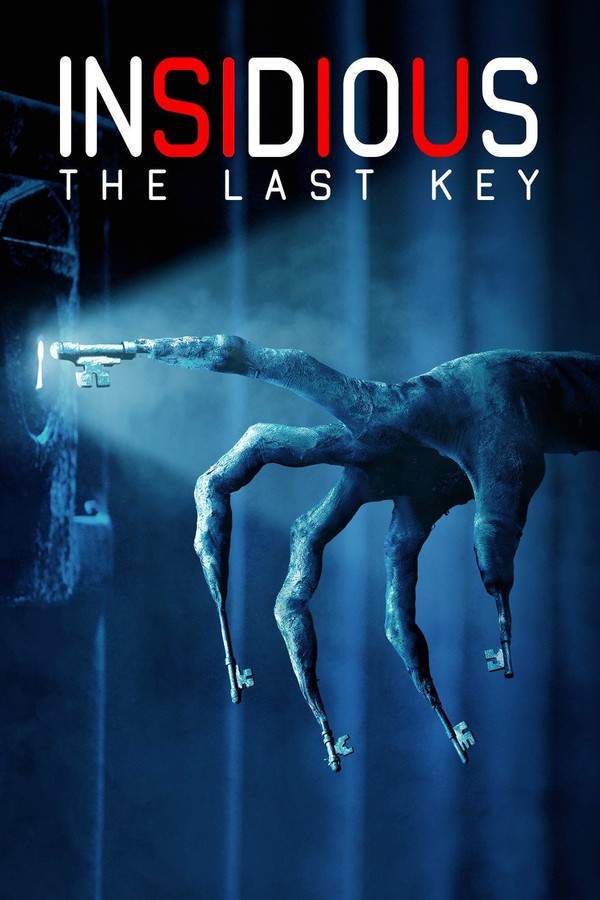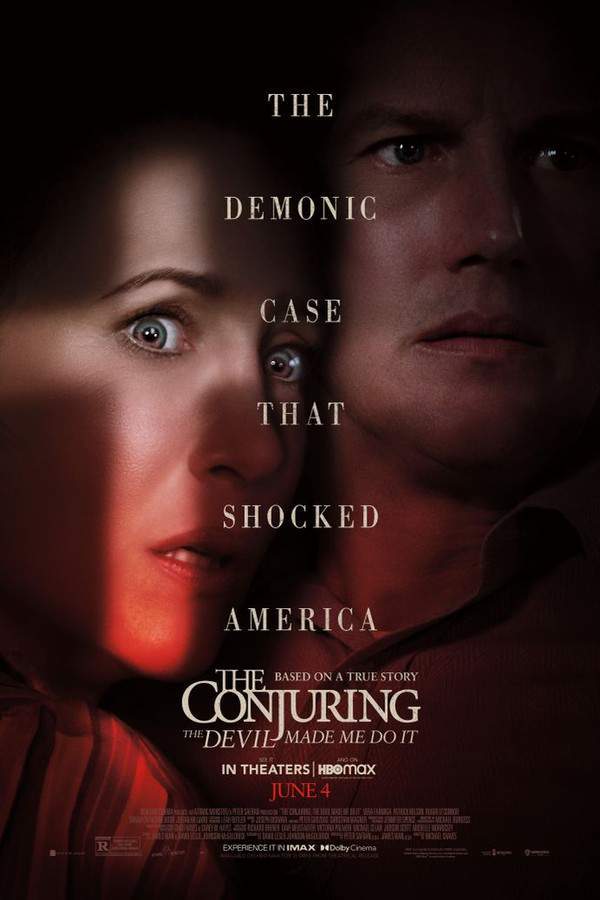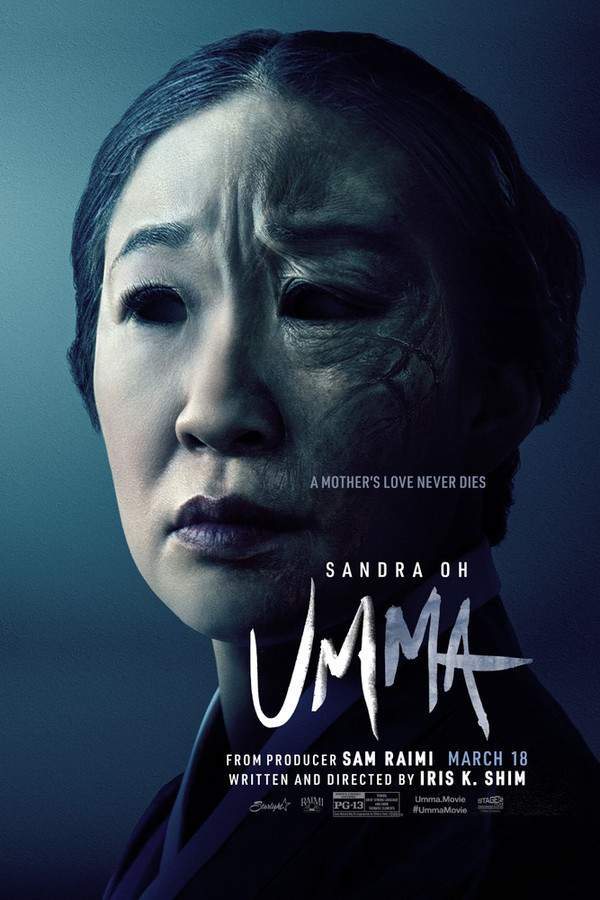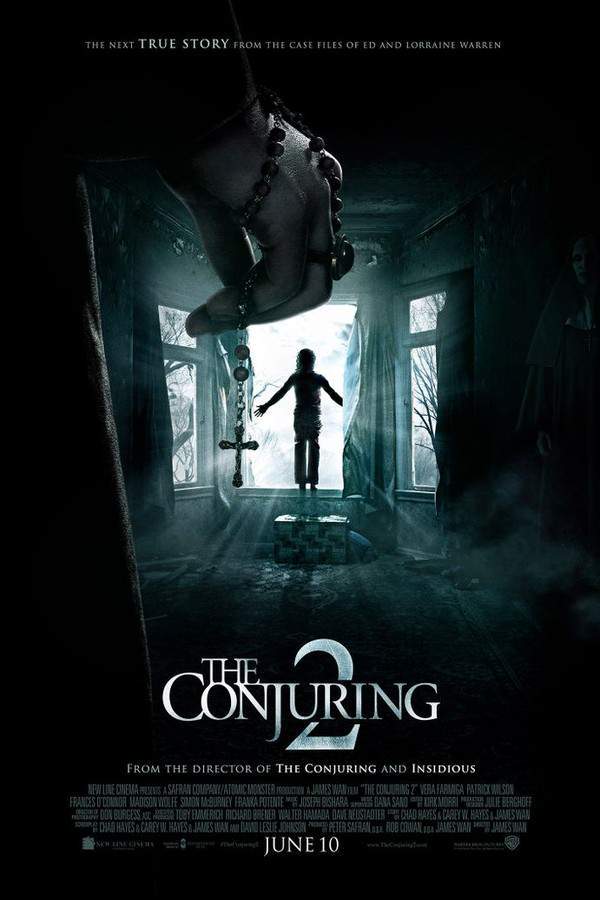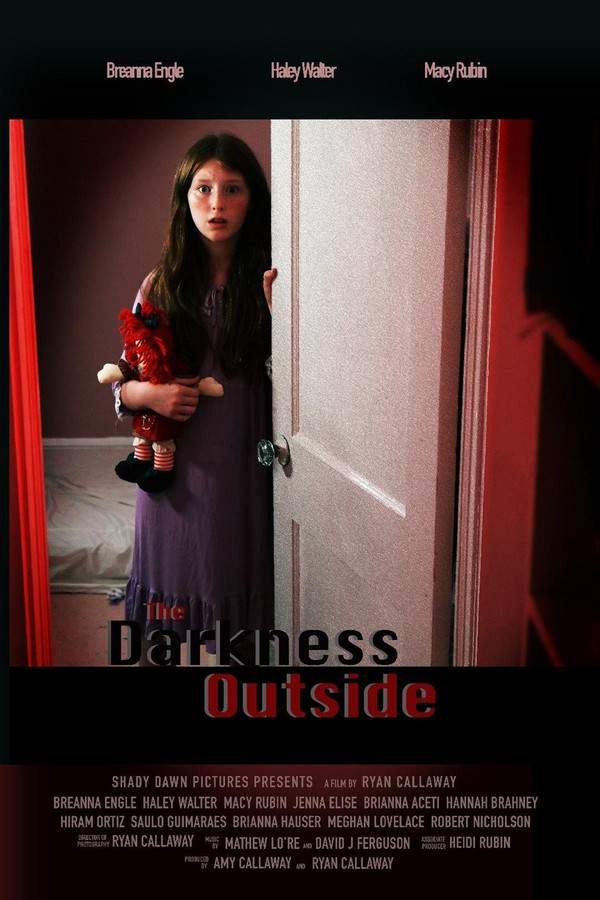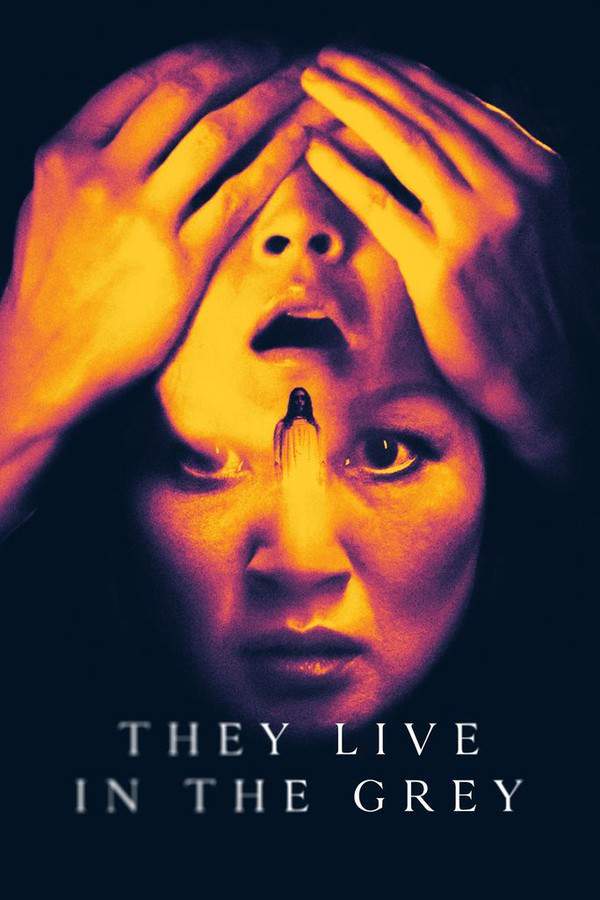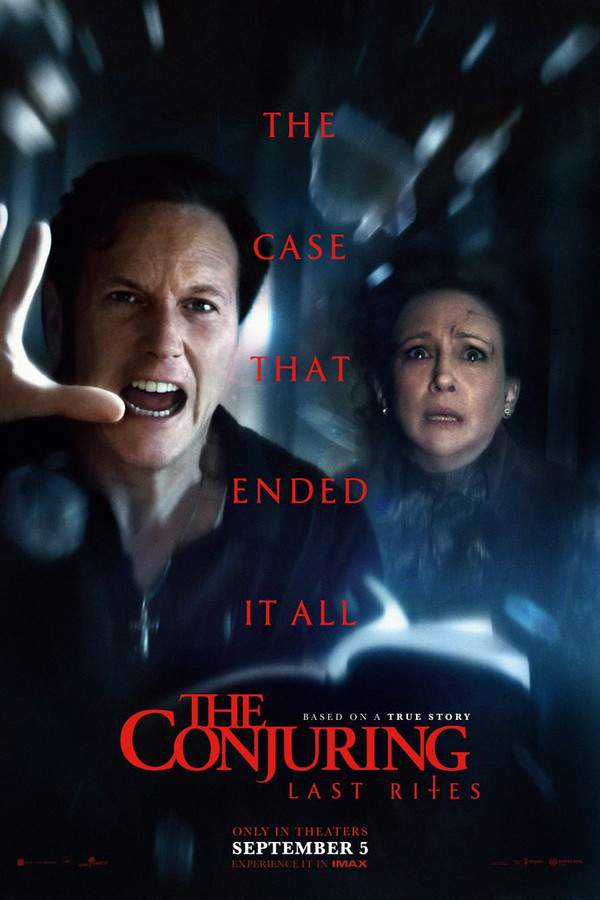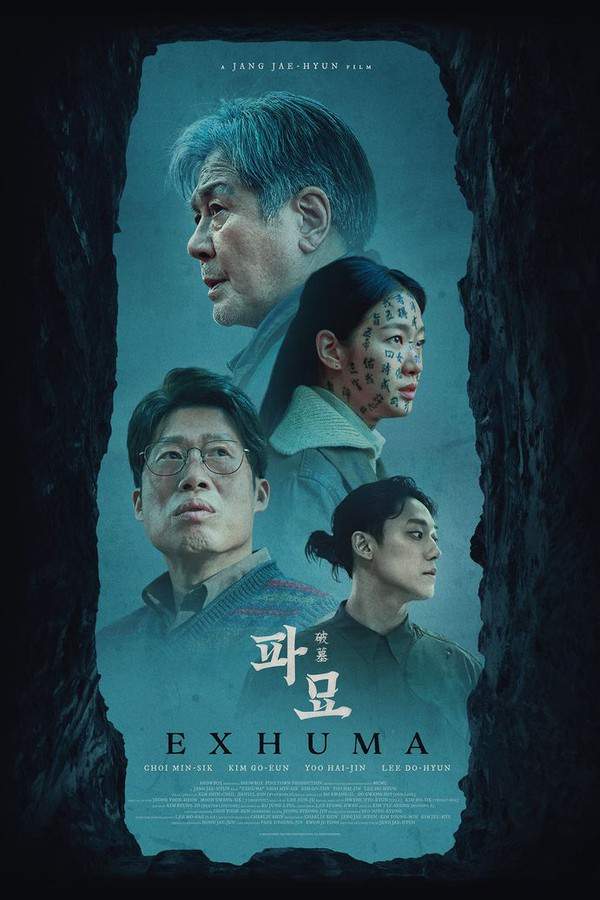
Exhuma
A shaman and her apprentice are called upon to investigate a series of disturbing events plaguing a wealthy family’s firstborn sons. To uncover the source of the affliction, they join forces with a mortician and a geomancer, revealing unsettling secrets and a potential curse.
Warning: spoilers below!
Haven’t seen Exhuma yet? This summary contains major spoilers. Bookmark the page, watch the movie, and come back for the full breakdown. If you're ready, scroll on and relive the story!
Exhuma (2024) – Full Plot Summary & Ending Explained
Read the complete plot breakdown of Exhuma (2024), including all key story events, major twists, and the ending explained in detail. Discover what really happened—and what it all means.
In this haunting narrative of familial revenge, celebrated shaman Hwa-rim and her devoted apprentice Bong-gil are called upon by an affluent Korean American family to decode the mysteries surrounding their infant son’s bizarre illness. Together, they uncover a sinister phenomenon known as the “Grave’s Call,” a curse stemming from the restless spirit of a vengeful ancestor that has plagued the family for generations.
The family’s patriarch, Park Ji-Yong, places his trust in Hwa-rim and Bong-gil, urging them to relocate the grave in a bid to appease the ancestral spirits and eliminate the dark energy threatening his lineage. To assist them in this daunting task, they enlist the guidance of feng shui master Kim Sang-deok and the mortician Yeong-geun.
As their investigation unfolds, Sang-deok becomes alarmed when Ji-yong expresses his intention to cremate the grave located in a secluded mountainous area near the North Korean border. His intuition warns of looming disaster, but Hwa-rim reassures him that she has the skill to perform a ritual that would alleviate the curse, even while the grave is exhumed.
During the excavation process, Ji-yong shares the legend of Gisune, a wise monk who once indicated the grave’s location to protect his grandfather from grave robbers. Hwa-rim and Bong-gil carry out the ritual, ensuring everything proceeds smoothly. However, as the cleanup begins, a gravedigger inadvertently beheads a serpentine creature, unleashing a cascade of foreboding events that lead to fierce rainstorms.
The funeral director, Yeong-geun, insists that the coffin must be cremated once the storms pass, leading them to store it in a nearby ward. Unbeknownst to them, the town custodian, lured by rumors of hidden treasures within the grave, foolishly opens the coffin, thus releasing the wrathful spirit of Ji-yong’s grandfather, who had suffered from a bungled burial for years.
As the curse takes its toll, Ji-yong and his parents become victims of their ancestors’ vengeance. In a climactic moment, Sang-deok manages to cremate the coffin just before the spirit could claim another life, lifting the curse and liberating the family from its ominous grip.
With days passing, Yeong-geun reveals a disturbing tale to Sang-deok: a gravedigger who goes mad after committing an unthinkable act against a serpent. This horrific account prompts Sang-deok to revisit the gravesite, where he encounters the chilling sight of a serpent head and an exceptionally large, seven-foot-long coffin. Driven by a mix of curiosity and moral duty, Sang-deok recruits the help of Hwa-rim, Bong-gil, and Yeong-geun to dispose of this unsettling relic, leading them to a temporary sanctuary at a nearby temple.
Within the temple walls, Hwa-rim unveils the legend of Gisune, a formidable Japanese shaman dubbed The Fox, whose supernatural abilities wield dire repercussions. As night falls, Bong-gil witnesses a gruesome scene where a vengeful entity, revealed to be a samurai, mercilessly slaughters the temple’s priest alongside a local pig farmer and his herd.
Amidst the carnage, Hwa-rim and Bong-gil discover the violated coffin, its contents in disarray. In an unexpected clash, Hwa-rim is assaulted by the ominous samurai, who transforms into a blazing orb of fire and retreats to the mountains, leaving the trio in shock.
As the enigma thickens, Hwa-rim investigates the ghoul’s origins through the visions of her possessed ally, Bong-gil. Sang-deok returns to the grave site, only to uncover the dormant samurai, intrinsically linked to the coordinates on his grandfather’s tombstone. This discovery exposes a tangled history of subterfuge, revealing that what was presumed to be grave robbers were in fact Korean patriots attempting to unearth a piece of Japan’s martial history in Korea.
With escalating stakes, Sang-deok, Hwa-rim, and Yeong-geun strategize to exhume this long-concealed relic, set to awaken from its slumber at midnight. Hwa-rim takes up the charge as a diversion, while the others direct their efforts at the grave. A prophetic vision unveils The Fox’s malevolent role in endowing the decapitated samurai with a katana, transforming it into the vengeful spirit now haunting their every step.
Sang-deok ultimately connects the dots: the relic is buried beneath his grandfather’s grave, cleverly disguised to conceal its presence. Confronting the samurai, he employs his feng shui mastery to defeat the creature, only to later succumb to extreme fatigue.
The story shifts forward in time as Sang-deok regains consciousness in a hospital, flanked by Hwa-rim and Yeong-geun. Their harrowing adventure has finally reached its conclusion, paving the way for a celebratory moment: Ji-yong’s wedding day arrives, marking the joyful culmination of their tribulations.
Last Updated: November 17, 2024 at 15:58
Ending Explained – What Happens at the End of Exhuma?
Still wondering what the ending of Exhuma (2024) really means? Here’s a spoiler-heavy breakdown of the final scene, major twists, and the deeper themes that shape the film’s conclusion.
Exhuma’s ending reveals a story deeply rooted in Korean history, mythology, and spiritual practices. The spirit of Grandfather Park, a betrayed ancestor whose grave was dishonorably placed on a mountain infested with foxes, has been haunting his family for over a century because of a curse tied to his improper burial and his betrayal during Japan’s colonization of Korea. The ghost was furious because his burial site was noxious to his spirit, which led to a series of violent hauntings that culminated in the death of Ji-yong’s parents and Ji-yong himself. These tragic events were driven by the spirit’s desire to reclaim his family and punish the descendants who ignored his suffering.
The core of the film’s mystery involves a secret buried beneath the family’s history: Ji-yong’s grandfather was a traitor who sold out Korea to the Japanese during their occupation. His betrayal was concealed by his burial on a mountain, purposely chosen to hide an ancient iron stake—a remnant of Japanese colonial terror meant to weaken Korea’s spiritual and national energy. This iron stake was symbolized by a coffin buried with a cursed, supernatural vessel, the Anima, a Japanese samurai turned demonic spirit, which was intentionally placed underground to act as a boundary or anchor for the stake.
The climax sees Sang-deok, Hwarim, and their allies discovering that the Anima isn’t just a ghost but a powerful vessel created by Gisune—a wicked fox spirit and Onmyoji who manipulated the situation. Gisune transformed the samurai into a deadly spirit linked to a cursed katana, making the Anima a living iron stake embedded in the earth. To defeat this creature, Sang-deok uses traditional Feng Shui principles and elemental magic. Instead of finding a literal iron stake, he realizes that the key to defeating the Anima is to upset its elemental balance: using water and wood to nullify fire and metal—the elements that empower the spirit. By soaking a weapon in his blood and attacking the Anima with elements that counteract it, Sang-deok effectively destroys the demonic vessel, restoring harmony and ending the curse.
In the final moments, Sang-deok’s knowledge of Korean history, mythology, and Feng Shui allows him to outwit the powerful spirit. As the Anima is subdued by the elemental attack, peace is restored to the land, and the centuries-old curse is finally broken. The story ends with a note of hope and a deeper understanding that the true battle was not just against supernatural forces, but also against the hidden horrors of betrayal and colonization that still affect the present. Through teamwork, courage, and cultural wisdom, the characters succeed in destroying the malevolent spirit, bringing peace to their family and their nation.
Last Updated: June 25, 2025 at 09:02
Explore Movie Threads
Discover curated groups of movies connected by mood, themes, and story style. Browse collections built around emotion, atmosphere, and narrative focus to easily find films that match what you feel like watching right now.
Supernatural Investigation Movies Like Exhuma
Specialists join forces to unravel a dark mystery with violent supernatural origins.If you liked the team dynamics and procedural investigation in Exhuma, you'll enjoy these movies. This collection features stories where specialists work together to combat curses and spirits, often involving cultural rituals and a steady build of supernatural dread.
Narrative Summary
The narrative follows a team of specialists as they methodically investigate a supernatural threat. The plot is driven by their expertise as they uncover clues, often related to a historical injustice or curse, leading to a high-stakes confrontation requiring precise knowledge to achieve a resolution.
Why These Movies?
These movies are grouped by their shared focus on a team-based investigation of the supernatural. They combine steady pacing with high intensity, creating a sense of procedural discovery alongside constant supernatural danger, appealing to viewers who enjoy methodical problem-solving within a dark, atmospheric horror framework.
Atmospheric Ancestral Horror Movies Like Exhuma
Stories where the past violently intrudes upon the present through a family curse.Fans of Exhuma's heavy atmosphere and themes of ancestral curses will find similar chills here. These movies explore the terrifying consequences of family legacies, where vengeful spirits and buried secrets create a pervasive sense of dread and foreboding.
Narrative Summary
The narrative explores how a dark legacy from the past—a curse, a crime, or a betrayed promise—manifests in the present, threatening a family or bloodline. The journey involves uncovering buried truths and often requires a ritual or confrontation to break the cycle, resolving in a cathartic but hard-won conclusion.
Why These Movies?
This thread groups movies by their shared mood of atmospheric dread and their central theme of an ancestral supernatural threat. They create a haunting, foreboding experience through a steady pace and heavy emotional weight, focusing on the psychological impact of confronting a violent history.
Unlock the Full Story of Exhuma
Don't stop at just watching — explore Exhuma in full detail. From the complete plot summary and scene-by-scene timeline to character breakdowns, thematic analysis, and a deep dive into the ending — every page helps you truly understand what Exhuma is all about. Plus, discover what's next after the movie.
Exhuma Timeline
Track the full timeline of Exhuma with every major event arranged chronologically. Perfect for decoding non-linear storytelling, flashbacks, or parallel narratives with a clear scene-by-scene breakdown.

Characters, Settings & Themes in Exhuma
Discover the characters, locations, and core themes that shape Exhuma. Get insights into symbolic elements, setting significance, and deeper narrative meaning — ideal for thematic analysis and movie breakdowns.

Exhuma Ending Explained
What really happened at the end of Exhuma? This detailed ending explained page breaks down final scenes, hidden clues, and alternate interpretations with expert analysis and viewer theories.

Exhuma Spoiler-Free Summary
Get a quick, spoiler-free overview of Exhuma that covers the main plot points and key details without revealing any major twists or spoilers. Perfect for those who want to know what to expect before diving in.

More About Exhuma
Visit What's After the Movie to explore more about Exhuma: box office results, cast and crew info, production details, post-credit scenes, and external links — all in one place for movie fans and researchers.


